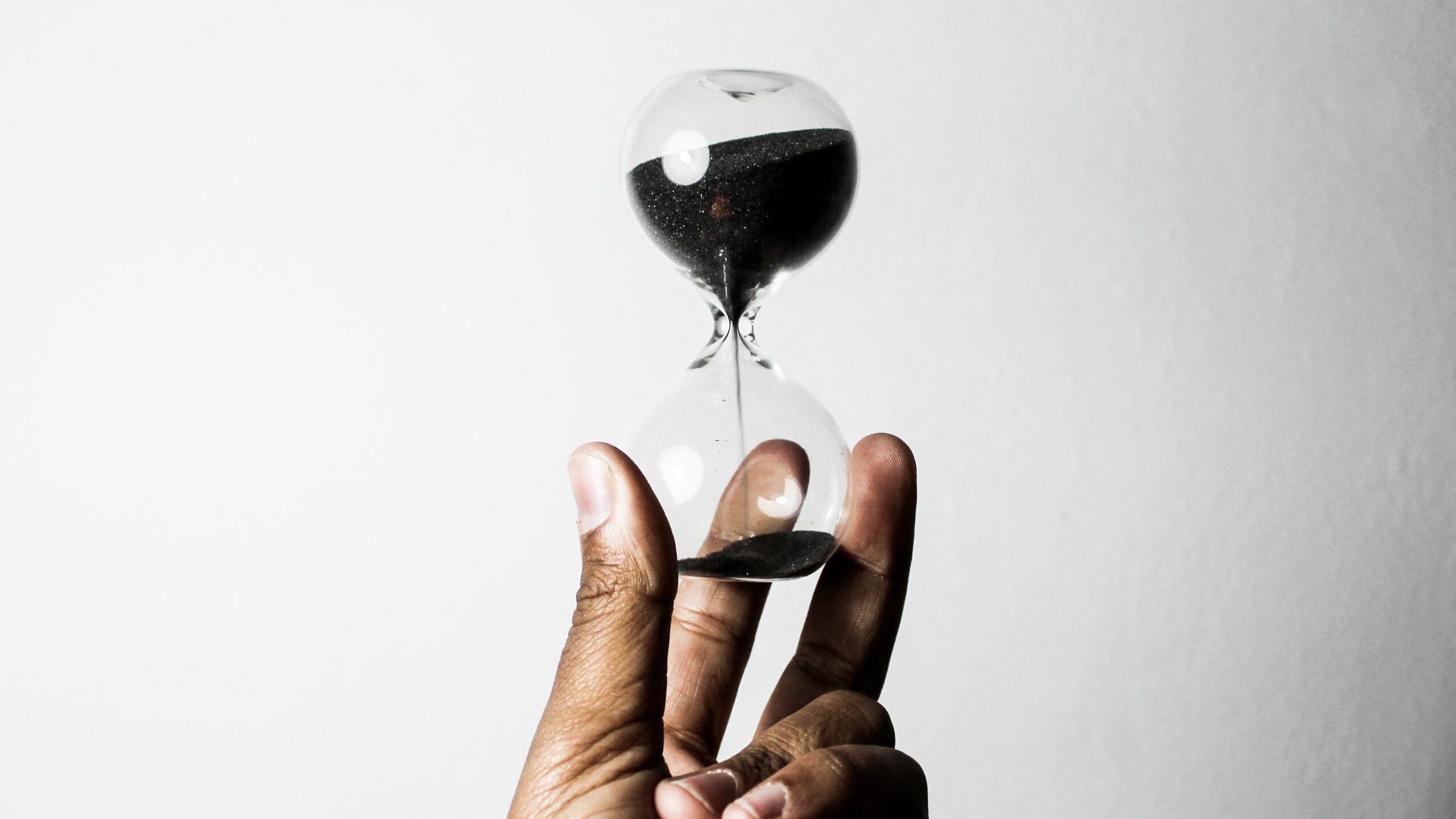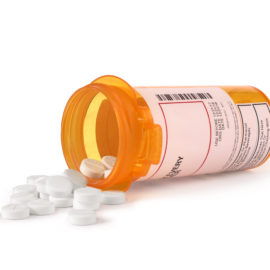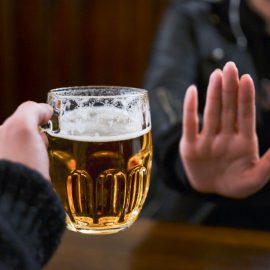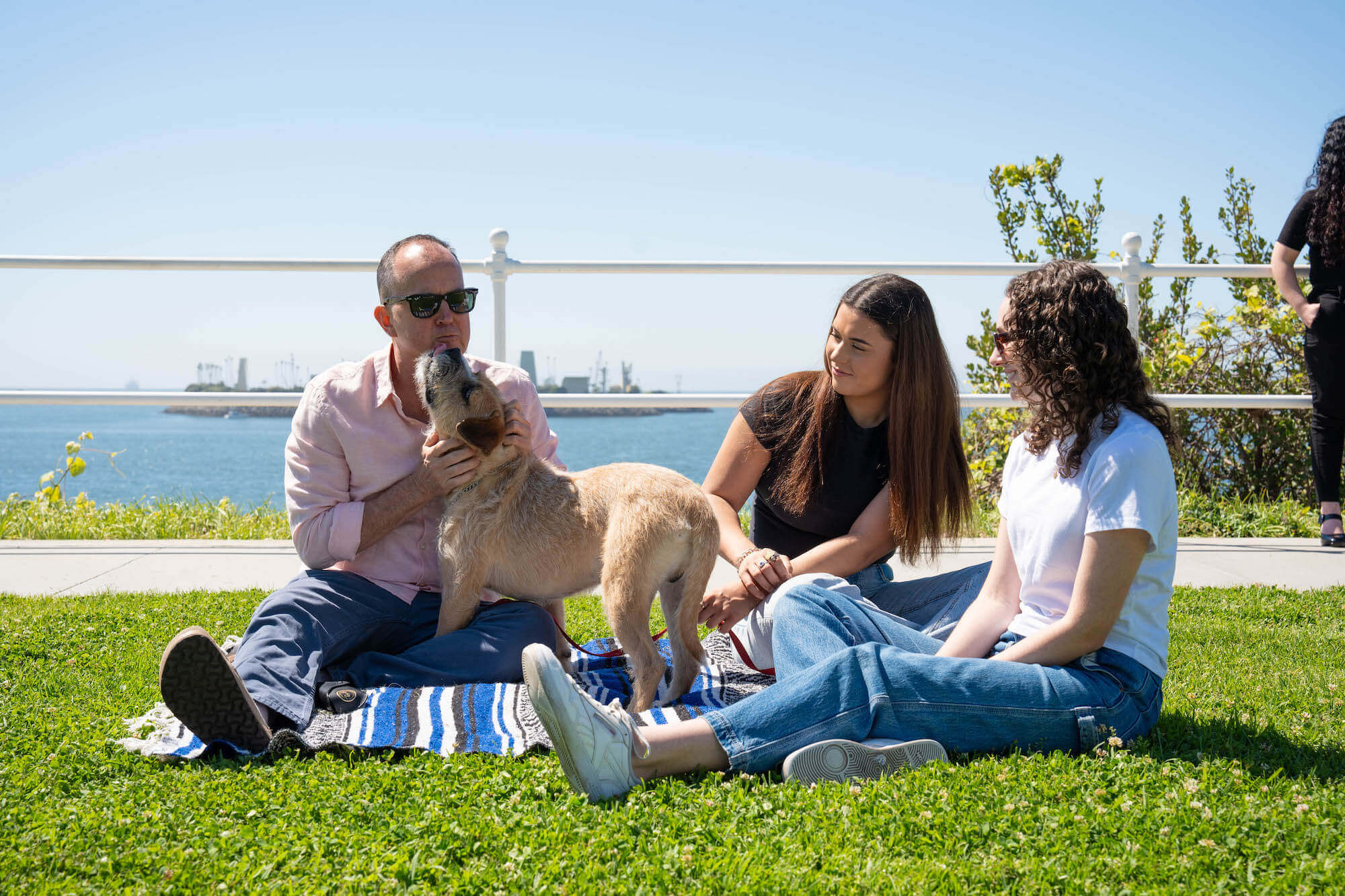What is the M30 pill?
These counterfeit blue pills, often posing as legitimate oxycodone pills, are frequently tainted with fentanyl or entirely composed of the potent synthetic opioid. While typically light blue and round in shape, these M30 pills may also appear in other shades, as seen in instances like the rainbow fentanyl prevalent in recent news.
Common street names for the blues drug include:
- M-30s
- Blue pills drug
- Dirty 30s
- Mexies
Drugs called blues often bear stamped numbers on the pills (ex: M30 Blue Pill), much like genuine prescription drugs. They tend to have a grainy texture, leaving a powdery residue upon handling.
People are at high risk of overdosing when consuming these pills for the first time, owing to the extreme potency of fentanyl, which surpasses even pharmaceutical-grade opioids. Overdoses from blue fentanyl manifest in slowed respiration, often requiring multiple doses of Narcan (naloxone), an opioid-reversal medication.
If you or a loved one are struggling with addiction or misuse of the M30 Blue Pill, it’s crucial that you reach out for help immediately, as this drug can lead to overdose and possible death.
Get Help Quitting Blue Pills Today
Origins of The Blues Drug
Blues drug, frequently referred to as M30, is a 30mg oxycodone pill, named after its characteristic blue hue. Recognizable by the “M” imprint on one side and “30” on the other, these pills are often sold on the black market. The troubling reality is that many counterfeit pills closely resemble these oxycodone 30mg tablets. Illicitly manufactured by drug traffickers, these fake pills contain fentanyl, drastically increasing their lethality.
Counterfeit pills, often manufactured in countries such as China and Mexico, are prevalent throughout the United States. With no quality control measures, these pills may contain lethal quantities of fentanyl or other dangerous substances, posing a potentially life-threatening risk. Online sales, facilitated through internet marketplaces and social media, serve as primary distribution channels for these counterfeit medications.
Another concerning trend involves the purchase of Adderall and Xanax by high school and college students from dark web drug markets or through social media referrals. These drugs, purportedly laced with fentanyl or methamphetamine, also pose significant dangers to the health and well-being of young people.
Dangers of Blues Drug
The rise of counterfeit opioids, mainly in the form of blue fentanyl pills, poses myriad risks, significantly contributing to the ongoing opioid crisis. Key dangers associated with these fraudulent opioids are as follows:
-
- Lethal dosing precision: Counterfeit opioids frequently contain erratic and unpredictable quantities of potent substances like fentanyl, with even as little as three grains posing the risk of fatal overdose.
- Elevated overdose susceptibility: The uncontrolled manufacturing of counterfeit opioids, including blue fentanyl pills, often results in the inclusion of dangerously high levels of synthetic opioids, intensifying the likelihood of severe respiratory depression and lethal overdoses among consumers.
- Deceptive impersonation of legitimate medications: The misleading appearance of these counterfeit pills, resembling authorized prescription opioids, fosters a false sense of security, leading some people to underestimate the perilous risks associated with these unlawful substances and inadvertently heightening the possibility of unintended overdose or death.
- Adverse health outcomes: Prolonged consumption of counterfeit opioids, frequently contaminated with unknown substances, can give rise to severe health complications, such as organ impairment, respiratory ailments, and long-term addiction, amplifying the detrimental impact on overall well-being.
The prevalence of counterfeit opioids underscores the urgent necessity for enhanced public awareness, stringent regulatory protocols, and comprehensive interventions to combat the unlawful production and distribution of these hazardous compounds.
How Addictive Are M30 Blue Pills?
M30 blue pills contain Oxycodone, which is a strong opioid with a high addiction potential. Abuse or misuse of these drugs can cause rapid dependence, however, even under prescription opioid use should be monitored to ensure that the individual doesn’t become addicted to them.
If you or a loved one find yourself addicted to M30 pills, it’s important to reach out to an addiction treatment program or counselor as soon as possible. The sooner treatment begins, the better chances a person has of avoiding any dangerous risks and side effects of this strong drug.
M30 Blue Pills & The Opioid Crisis
With opioid abuse on the rise, the M30 blue pill is no exception.
The U.S. opioid epidemic traces back to the 1990s when there was a sharp rise in opioid prescriptions. This crisis persisted as many individuals addicted to opioids turned to heroin due to its affordability and accessibility. The most recent phase of this crisis revolves around the surge in counterfeit pill availability. Illicitly produced in clandestine laboratories, these counterfeit pills primarily contain fentanyl and are designed to mimic legally prescribed opioids for pain relief or anxiety management, such as OxyContin, Xanax, or Percocet. Street-level drug dealers illicitly distribute these fake pills, falsely marketed as genuine pharmaceuticals. Beyond this, the online black market has also streamlined the sale and distribution of these counterfeit pills via mail. Importantly, there is no evidence suggesting the infiltration of counterfeit pills into the legitimate prescription supply chain.
Based on 2021 CDC data, the United States experienced a significant surge of more than 100,000 lethal drug overdoses in the 12 months leading up to April 2021, marking a nearly 30% increase over the previous year. The exacerbation of the overdose situation has been attributed to the profound impacts of the pandemic, alongside the ongoing proliferation of fentanyl analogs, NPF (non-pharmaceutical fentanyl), and other new synthetic opioids.
The recent upsurge in NPF prevalence has been correlated with the heightened manifestation of counterfeit pills, which are unlawfully manufactured pharmaceutical replicas produced in clandestine labs using pill-pressing machines obtained online. These pills are designed to resemble genuine prescription medications but often contain fentanyl and other drugs. Early reports of pressed pills that contained fentanyl emerged from 2014 to 2015, although their prevalence remained relatively contained. Instead, powdered NPF, often marketed as heroin or blended with heroin, gained significant traction, gradually saturating illegal drug markets and, in certain regions, nearly superseding heroin. Since 2020, several states across the US have witnessed notable shifts in market dynamics, with NPF available more in counterfeit pill form rather than only in powdered form.

FAQs
What is the blues drug made of?
The blues drug, also known as M30, is typically made of fentanyl. Blues are often disguised as oxycodone pills, contributing to the opioid crisis and numerous overdose deaths.
What is blues drug slang for?
Blues drug is slang for counterfeit pills containing fentanyl, disguised as commonly abused prescription opioids such as oxycodone or Xanax, contributing to the rising rates of overdoses in the United States.
Are blues drugs blue pills?
Blues drugs are often blue in color, imitating the appearance of legitimate prescription opioids, making them more visually appealing and easily recognizable on the street.

Get Treatment for Blues Pill Addiction at Gratitude Lodge
Fentanyl claimed over 75,000 lives in the United States in 2021. If you have been using this substance, consider immediately engaging with treatment to avoid becoming one of those statistics.
At Gratitude Lodge in Southern California, we specialize in the inpatient treatment of fentanyl addiction. In a structured and supportive environment free of triggers, you can safely and comfortably withdraw from opioids.
All Gratitude Lodge addiction treatment programs draw from therapies that include: medication-assisted treatment, psychotherapies, group and individual counseling, family therapy, and holistic interventions. Call 800-994-2184 today and start addressing opioid addiction before it’s too late.





























